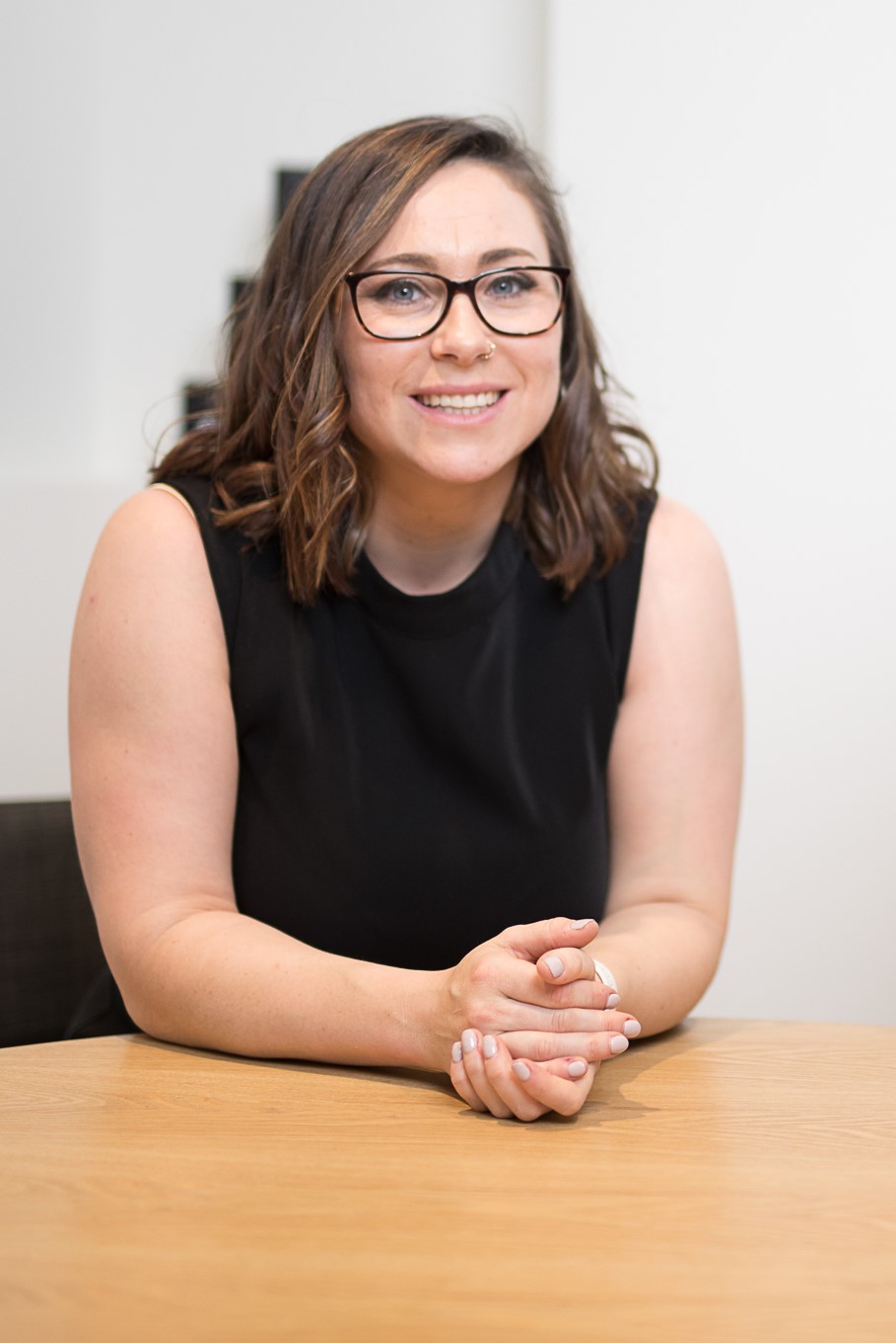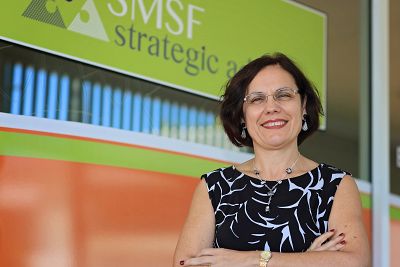Business Loans - Planning for the worst hoping for the best.

Sarah Eifermann
So you want to be a business owner or an entrepreneur but you don’t know where to start? Business finance can be a steep learning curve but it doesn't have to be a barrier.
Sarah Eifermann describes herself as a “little bit different from a traditional finance broker”. A business owner, business strategist, motivational speaker and an award-winning finance broker Sarah has a wealth of knowledge across broad industries.
Bsale recently spoke with Sarah Eifermann about the different kinds of loan options for business owners and advice on the next twelve months.
As most business owners know, the first 6-12 months of owning a business are the most challenging and often, least profitable.
“We don’t go into business usually unless you’re in the position of wanting to change the world, to not make money. Yet a lot of business owners don’t make any money.”
“If you don’t do the research first you’re never going to be able to place yourself well in the market, to be successful and profitable, because you don’t actually know where you fit in the marketplace well enough to really come out the other side, and hit the ground running and be successful in that first 6-12 months,” Sarah said.
With thorough research and good foundational business planning, business owners can drastically start turning over a profit.
Understanding your business, how your business fits in the marketplace and understanding the marketplace itself can be very steep learning curves for new business owners.
“Business lending realistically doesn’t sit on par in the current marketplace with anything you would be familiar with in the residential lending.”
Sarah believes a lot of this difficulty in understanding the marketplace is understanding the lending marketplace that is available in the business space.
“SME lending is a very different commercial division of lending than is commercial property or asset finance - it’s its own little niche industry and it’s got major lenders, like your major banks; it's got second-tier lenders like your second level banks or fintechs (financial technology) and it has private funders as well. So it can be very confusing to understand comparing apples for apples or like-for-like if your knowledge is based solely on residential lending.”
Sign up to Newsletter
Weekly updates on business sales and advice, delivered to your inbox.
As most people’s knowledge base is in residential lending, looking at mortgages for example that are at 3 to 5 per cent annual percentage rate (APR), (lenders often quote in simple interest not APR), can lead to a lot of confusion and if the business owner doesn’t understand the difference they are severely disadvantaged.
In terms of repayments and interest, Sarah says business owners have to look at their “cost of funds”.
“You have to have a look at the cost of borrowing this money as a cost of doing business, as opposed to feeling like you’re being ‘ripped off’ by the lender because you feel they’re charging you so much. The reality is that you obviously need the money to keep trading, which means you may not be trading solvently or you are going to be in a position where you are ham-strung for growth, because you don’t have the funds to facilitate that growth piece.” Sarah said.
Of the different types of finance business owners can look at, there is debtor finance where you leverage against your debtors ledger, and short term business lending for example, where you can utilise property that you already own in order to secure debt to that business. The latter Sarah suggests should not be a business owners first point of call if you like keeping your assets away from your business structure.
“Then there are also business loans, so term loans or lines of credit and they all sort of sit in different spaces, with different benefits or different negatives depending on what your needs are, which is why you need to ask yourself do you understand your business, first? Have you planned your model forward? Have you done cash flow forecasting? Because if you haven’t, how do you know what's the right product that's going to meet your needs?” Sarah said.

If you’re looking at borrowing money or seeing what your options are, it is best to do it as early as possible.
“If you’re looking at a major lender to get the cheapest facility, it can be up two months before you get your finance through and rather than holding out and trying to make it through, sometimes it is better to get a small facility like 20k - 50k to top you off with a second tier lender, so that you can trade easily.”
Rather than waiting until you need the money, it is always best to anticipate it as best as you can.
“DON'T miss any repayment- consistent repayments help build credit worthiness and then you’re in a position to potentially borrow easier with other lenders, when you have that behavioural history of paying a debt. It’s effectively known as a credit reference. Make all your payments and don’t overdraw your accounts. The argument from the lender is behaviorally, if you are overdrawing your account or missing your repayments to other facilities, you’re not trading solvently and it’s a higher risk to lend you any money.”
“Banks are a business and so too are the second tier funders, and they are entitled to make money. In this space they will try to make money and they will be charge you accordingly for the risk, so just know what you’re doing when you’re borrowing the funds, and just do it earlier rather than later, as that’s a big issue we’re seeing now where business are waiting. After 3 months of downturn they can’t get finance, although, if they had done it three months ago they would have been fine. It’s that foresight and forward planning about what's coming, planning for the worst, hoping for the best and coming out the other side ending up much more in a stable position within your business model.” Sarah said.
The next 6-12 months are going to be an interesting time for business finance with the election coming up, the end of financial year and the consequential flow-on effects from the last few covid affected years.
“If you’ve got tax debt, get on top of it! Especially if you want to borrow money. It’s so much harder to lend if you have tax debt and no one is really financing for tax debt (to pay it out) at this point in time and the ATO has sent out 50,000 penalty notices, and that is going to be a problem moving forward for many business owners and wait for after the election, the ATO will be pushing harder to collect these debts, so get on top of your tax obligations."

Sarah Eifermann
0421 079 415
info@helixplan.com.au
www.saraheifermann.com
keeping them accountable when it comes to achieving their dreams.
Tags: small business expand selling success entrepreneurs loan
About the author

Caitlin Mary
Journalist
Caitlin has a background in media and communications, studying journalism at University and doing various freelance writing and production work over ...









